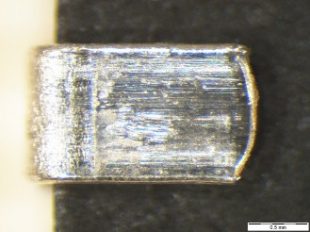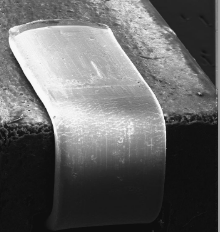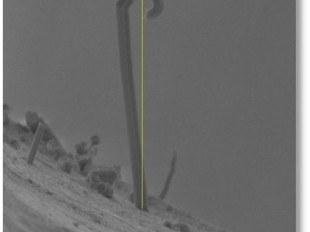Tin Whisker Growth Results comes after the investigations and thanks to the methods carried out by Alter Technology, we can reach some conclusions. An important starting point must be stressed that NONE OF THE “AS RECEIVED” SMD DEVICES POSSESSED WHISKERS. It was confirmed by... Continue reading

This study corroborates that the Nickel (Ni) underlayer recommended by the industry as a diffusion protective barrier of the contact, is effective in delaying Stannum (Sn) whisker growth under ambient temperature/humidity storage conditions or during temperature cycling. Continue reading

The surface mount device beads under study have two rectangular contacts at opposite sides. With bends of 90 degrees that have an approximate planar surface of 3.048 mm2 each. In order to comply with the standard JESD22-A121, 12 leads on at least 6 components must be examined... Continue reading

The Tin Whisker is a conductive hairy-like crystalline structures of tin that grow spontaneously from a tinned surface, usually as a result of stress of some sort, and maybe long enough to cause a big problem for those applications demanding high level of reliability. In this... Continue reading

